Congestion management refers to how the network manages and controls when congestion occurs. The FIFO queue does not classify the packets. The packets are queued according to the order in which the packets arrive at the interface. The best-effort forwarding mode is adopted. The PQ queues are designed for critical service applications.
Although the traffic classification can be performed based on any field of the packet, the traffic classification flag is generally marked only for the CoS domain of the 802.1Q Ethernet frame, the ToS domain of the IP packet, and the EXP field of the MPLS packet. The main purpose of the traffic marking is to let other application systems or devices that process the message know the category of the packet, and perform some pre-agreed processing on the packet according to the category.
For example, do the following classification and marking at the boundaries of the network:
1) All VoIP data packets are aggregated into an EF service class, and the IP precedence of the packet is marked as 5, or the DSCP value is marked as EF;
2) All VoIP control packets are aggregated into the AF service class, and the IP precedence of the packet is marked as 4, or the DSCP value is marked as AF31.
After the message is marked and classified at the network boundary, at the intermediate node of the network, different types of traffic can be differentiated according to the mark. For example, the EF-type service in the above example guarantees delay and reduces jitter, and performs traffic policing at the same time; the AF service class still guarantees a certain bandwidth when the network is congested, and the like.
Principles of Congestion Management Technology 1 Basic Concepts of Congestion ManagementIn computer data communication, the communication channel is shared by multiple computers, and the bandwidth of the wide area network is usually smaller than the bandwidth of the local area network, so that when a computer of one local area network transmits data to a computer of another local area network, the bandwidth of the wide area network is used. Less than the bandwidth of the LAN, data will not be transmitted over the WAN at the rate of LAN transmission. At this point, the router between the LAN and the WAN will not be able to send some packets, ie the network is congested.
As shown in the following figure, when the company branch 1 sends data to the company headquarters at 100M, the serial port S0/1 of Router2 will be congested.

Figure 1 Congestion example in actual application
Congestion management refers to how the network manages and controls when congestion occurs. The method of processing is to use queue technology. All packets to be sent from one interface enter multiple queues and are processed according to the priority of each queue. Different queue algorithms are used to solve different problems and produce different effects. Commonly used queue technologies are FIFO, PQ, CQ, WFQ, CBWFQ, etc. The basic principles of these common queue technologies are introduced one by one.
2 FIFO queue principleThe FIFO (First In First Out) queue diagram is as follows:
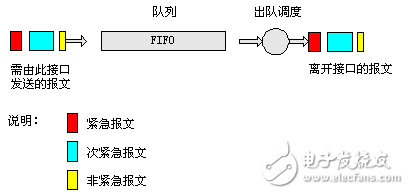
Figure 2 Schematic diagram of the FIFO queue
The FIFO queue does not classify packets. When the rate at which packets enter the interface is greater than the speed at which the interface can send, the FIFO enters the queue according to the order in which the packets arrive at the interface. At the same time, the FIFO presses the packet at the exit of the queue. The team's order is dequeued, advanced messages will be sent out first, and the incoming messages will be sent out.
The FIFO queue has the advantages of simple processing and low overhead. However, the FIFO does not distinguish between message types and uses a best-effort forwarding mode to ensure that delays in time-sensitive real-time applications (such as VOIP) are not guaranteed, and bandwidth for critical services cannot be guaranteed.
3 PQ principleThe schematic diagram of PQ (Priority Queuing) is as follows:
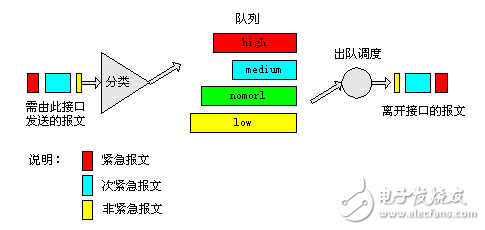
Figure 3 Schematic diagram of the PQ queue
PQ queues are designed for mission-critical applications. Key business has an important feature that requires priority access to services when congestion occurs to reduce response delays. PQ can be based on network protocols (such as IP, IPX), data inbound interface, packet length, ToS of IP packets, quintuple (protocol ID, source IP address, destination IP address, source port number, destination port number), etc. The conditions are classified. For the MPLS network, the MPLS packet EXP domain value is classified. Finally, all the messages are divided into up to 4 categories, which belong to one of the 4 queues of the PQ, and then the packets are sent to the corresponding queue according to the category of the message.
The four queues of the PQ are high priority queue, medium priority queue, normal priority queue and low priority queue, respectively, and their priorities are sequentially reduced. When the packet is dequeued, the PQ first dequeues the packet in the high-priority queue and sends it until the packet in the high-priority queue is sent, and then sends the packet in the priority queue. Similarly, until the transmission is completed. Then there is the normal priority queue and the low priority queue. In this way, packets that belong to the higher priority queue will be sent preferentially, while lower priority packets will be preempted by higher priority packets when congestion occurs. In this way, the packets of the real-time service (such as VoIP) can be preferentially processed, and the packets of the non-real-time service (such as E-Mail) are processed in the idle gap after the network processes the critical service, which ensures the priority of the real-time service. Make full use of network resources.
The disadvantage of the PQ is that when there are always packets in the higher priority queue, the packets in the low priority queue will not be served anymore, and the queue will be starved to death.
Our interactive touch foil is a new, transparent touch film ,with high accuracy ,easy to install on the glass,Acrylic ,or PC.It widely uesd to shipping mail,Education ,Exhibition,Hotel ,Airport etc.Our company is a top level company which grasp the technology for capacitive touch foil.capacitive touch foil is also called "touch film", nano touch foil, which is a grid matrix layer composed of two thin films with a layer of X and Y axis interlaced nanowires.It can through the glass or other objects to touch just like gesture.These smart touch foil by customers love and satisfaction.
pictures show:
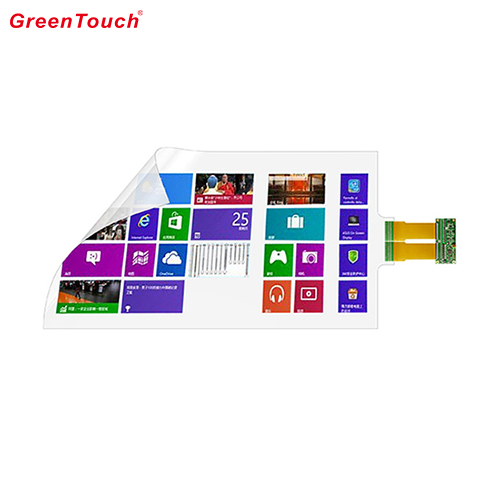
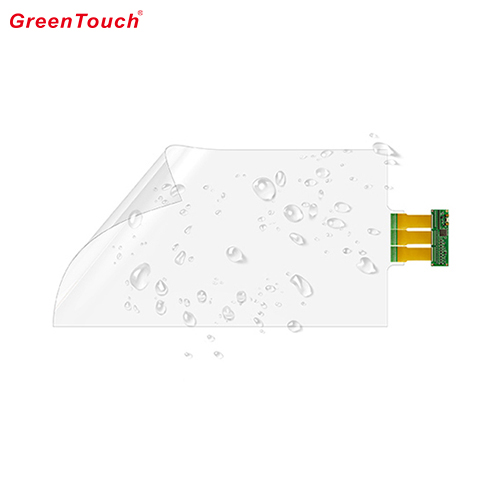
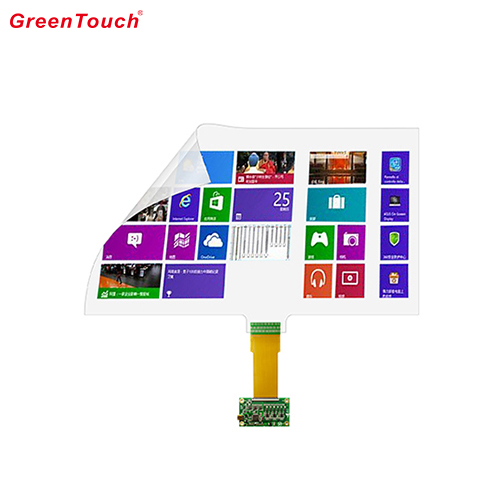
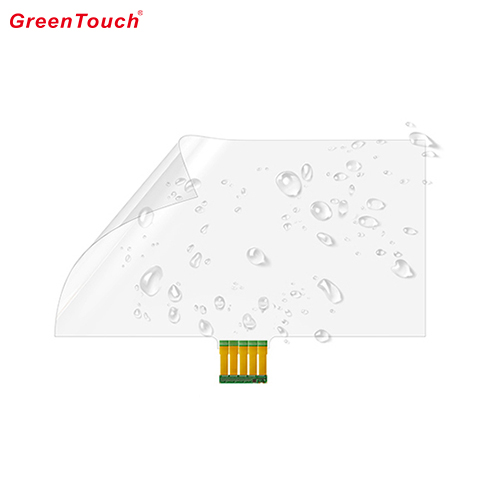
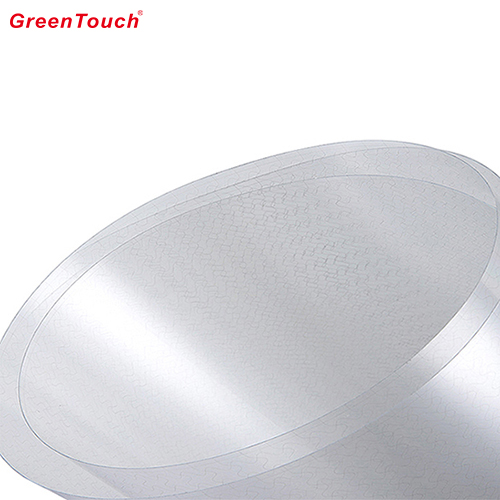
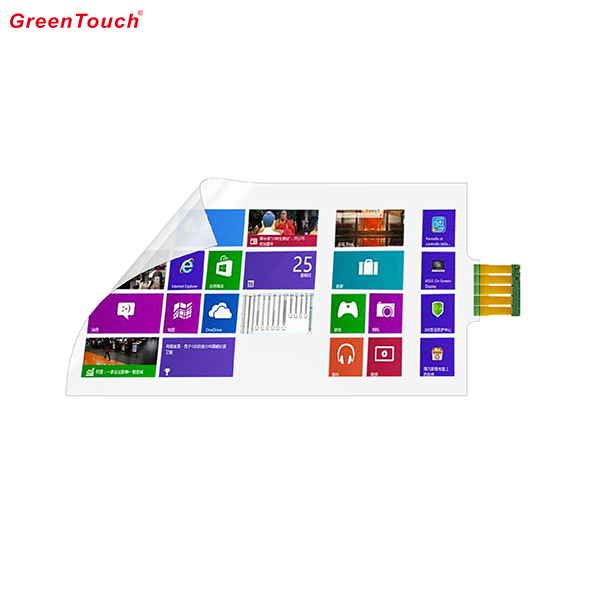
Multi Touch Foil,Capacitive Touch Foil,Projection Touch Screen Foil,Nano Touch Film,Touch Foil with Controller,USB Capacitive Touch Film
ShenZhen GreenTouch Technology Co.,Ltd , https://www.bbstouch.com